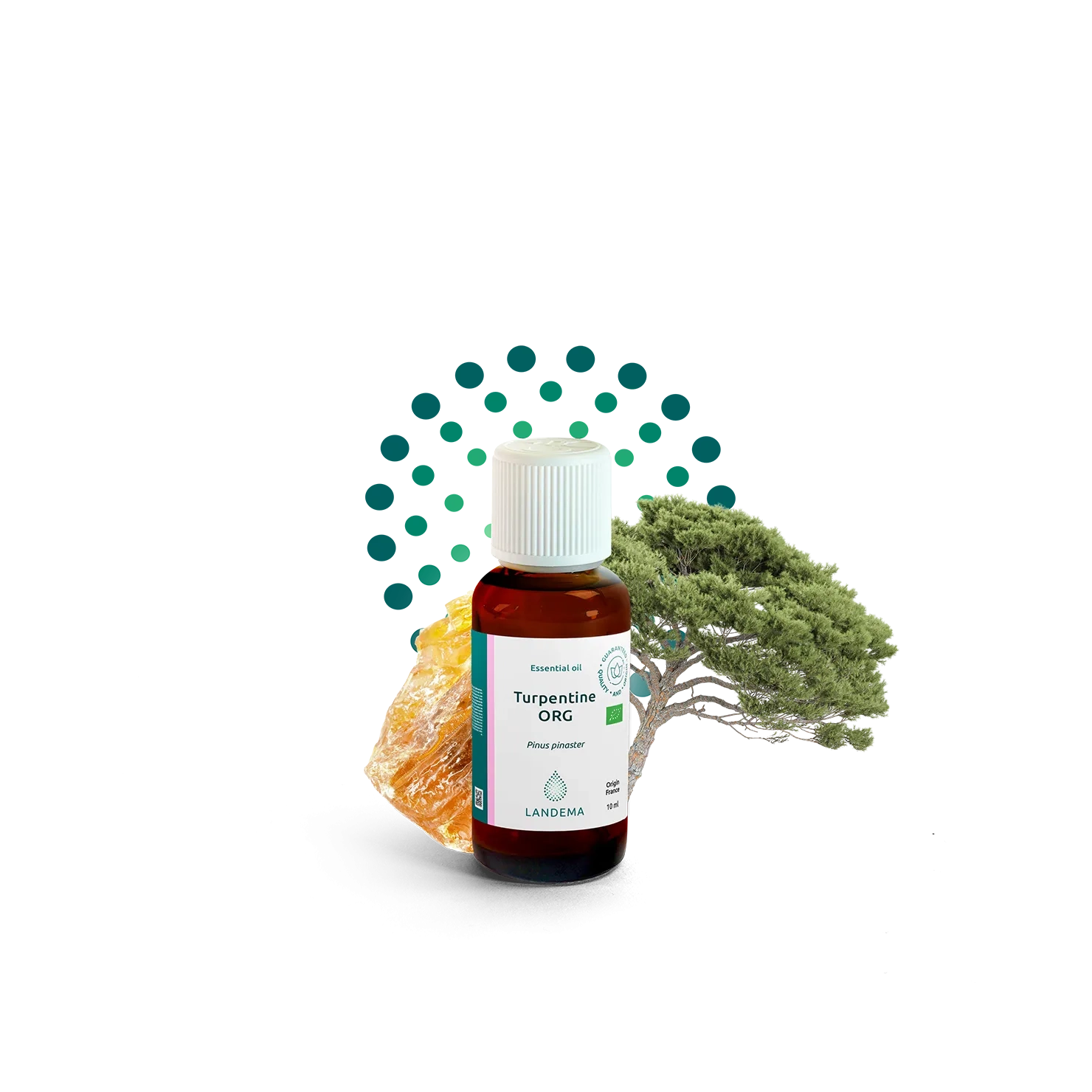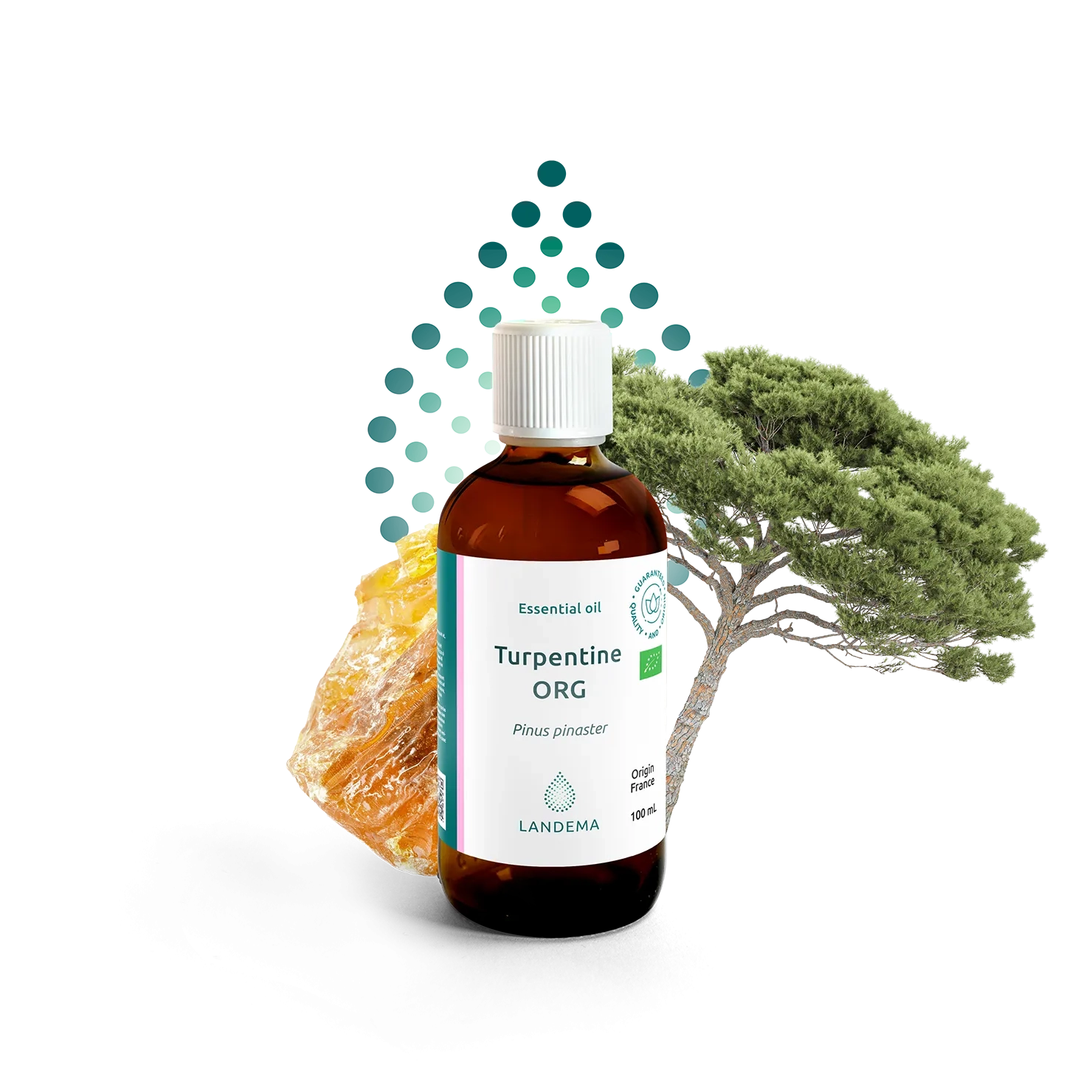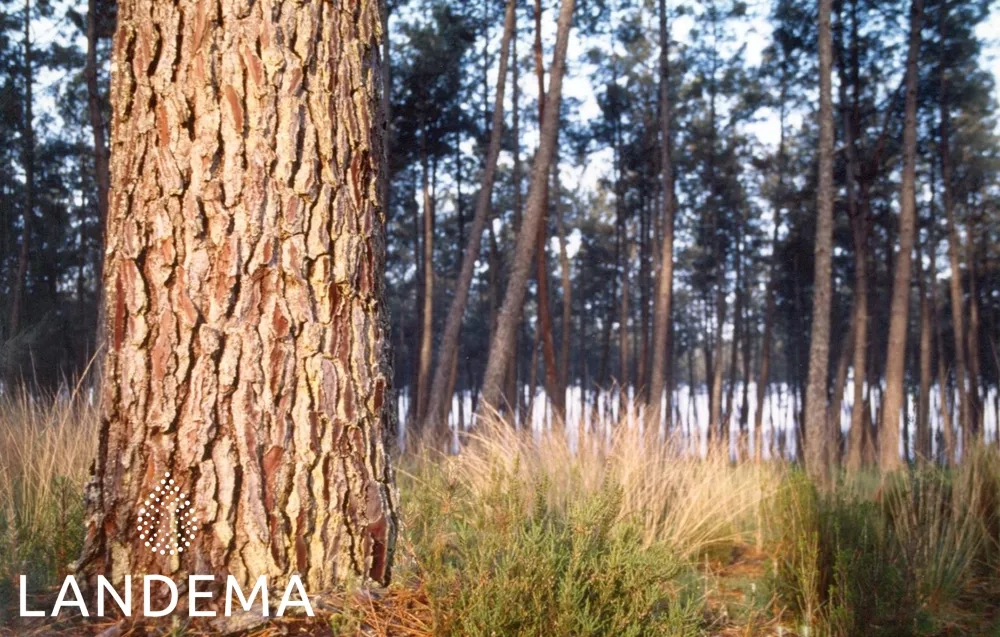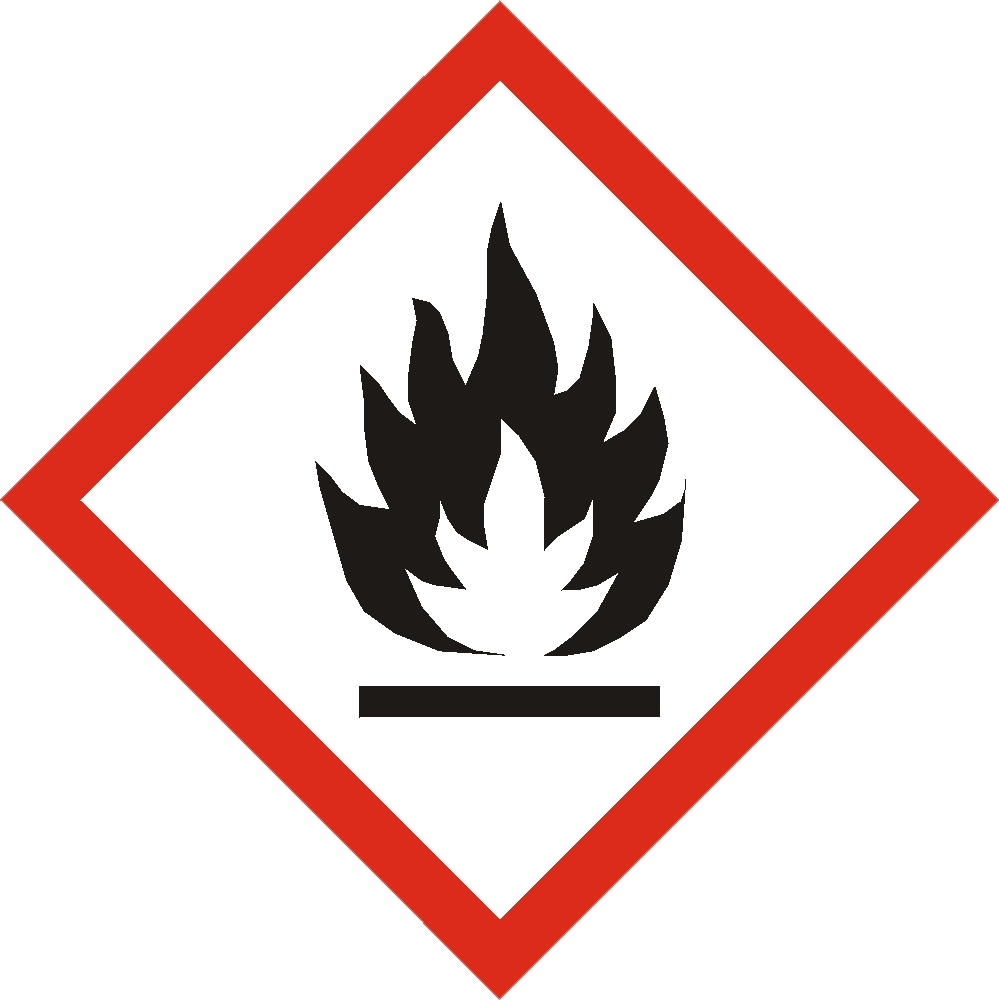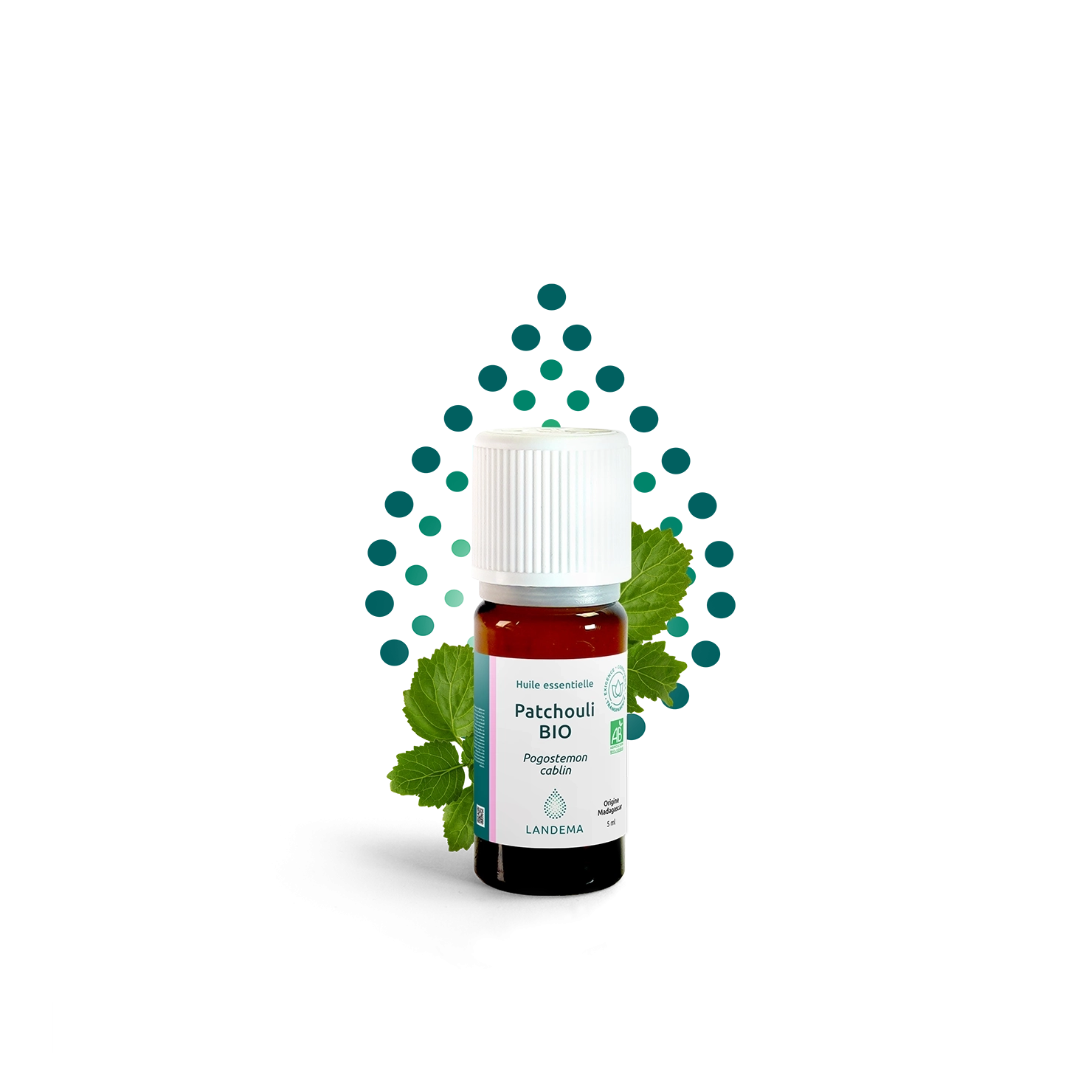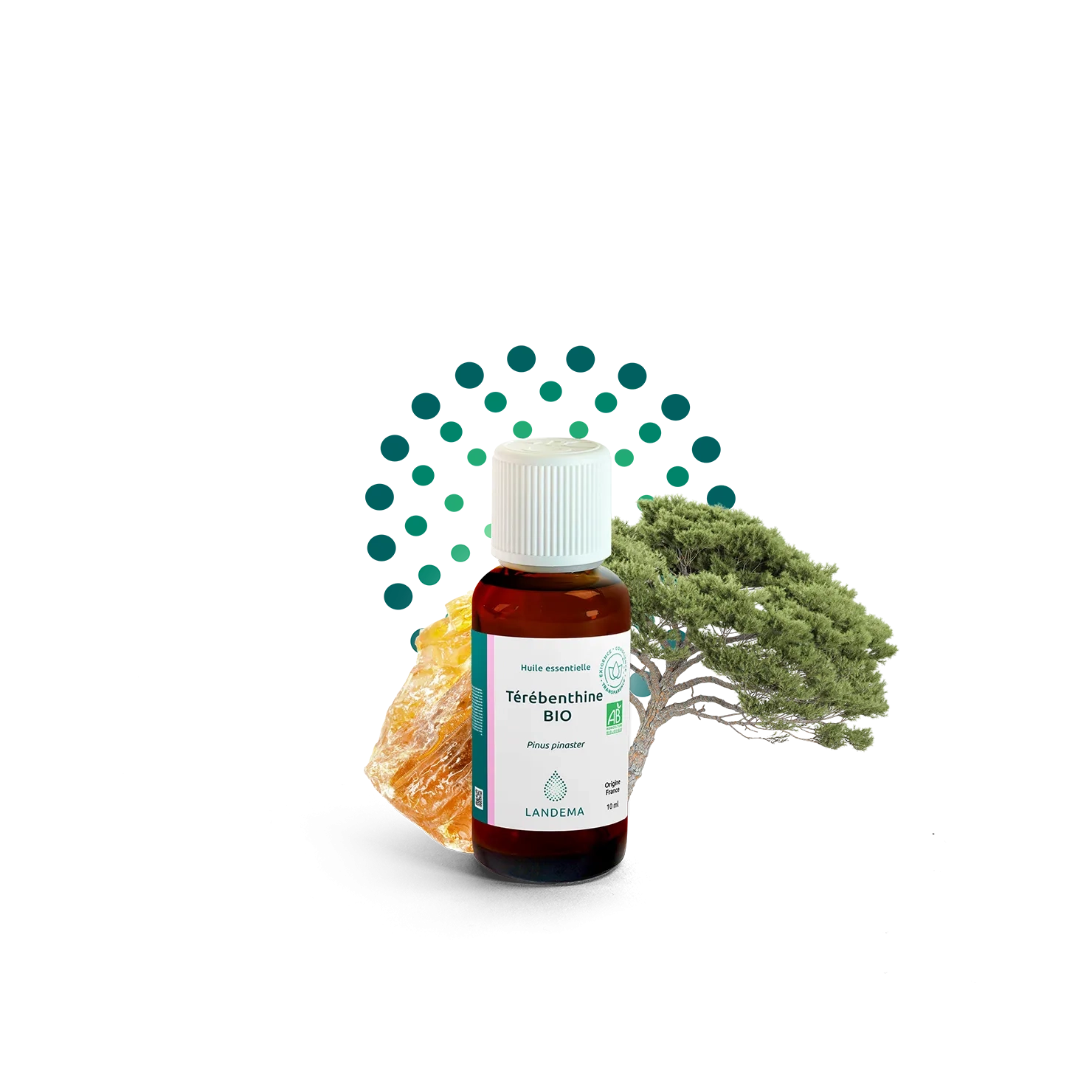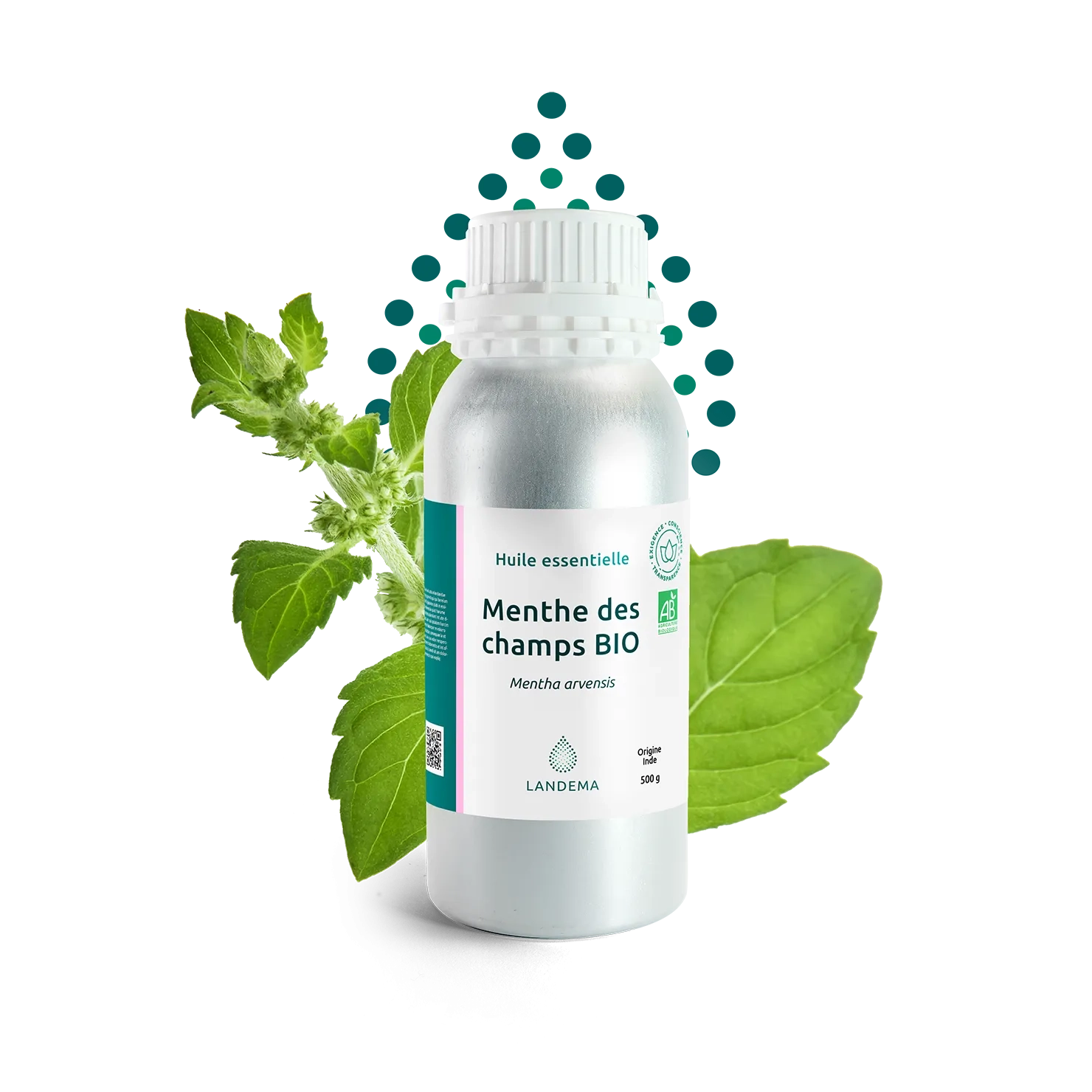Description
Derived from the resin of the maritime pine (Pinus pinaster), turpentine is obtained through a traditional tapping process that does not involve cutting down the trees. The essential oil is then extracted by steam distillation.
Turpentine essential oil releases a fresh, resinous, and woody scent, typical of conifers. It is traditionally known for its purifying and toning effect, making it a sought-after raw material in revitalising formulations.
It is commonly used in:
- purifying creams and gels for oily skin,
- facial masks for blemish-prone skin,
- toning massage oils,
- natural deodorant formulas.
- Certifications : ORGANIC : Coming from organic farming, certified by ECOCERT FR-BIO-01
- Landema Label : Produced in our distilleries
- Country of manufacturing : FRANCE
- Country of harvest : FRANCE
- Part of the plant : Resin
- Composition : 100% pure, natural and integral. Chemotyped.
- Olfactory notes : woody, rising, resinous
- Quality and origin guaranteed: botanically and biochemically identified, a certificate of analysis provided with each purchased product.
- Controlled and packaged in our workshops in France.
Production
Harvest
Turpentine is an oleoresin naturally obtained by incision of the bark of certain conifers, particularly maritime pine (Pinus pinaster), a species widely cultivated in Southern Europe, Asia, and the Americas. This pine, recognizable by its straight trunk and high resilience, is valued not only for its wood but also for its aromatic resin.
Harvested since antiquity, turpentine was used for its many virtues: it was included in the composition of medicinal balms, antiseptic preparations, and fumigation products, particularly to purify the air in enclosed spaces. Its use was particularly widespread in ancient Greek and Roman medicinal traditions.
Even today, the harvest of turpentine follows a traditional craft based on "gummage": a process that respects the tree, involving making incisions in the bark to allow the resin to flow without felling the tree. This raw material is then processed to produce turpentine essential oil.
Manufacturing
We source our turpentine essential oil from a local producer committed to an environmentally friendly approach and the sustainable use of natural resources. 100% natural, the essential oil is extracted through steam distillation of maritime pine resin (Pinus pinaster), a traditional method that preserves all the aromatic and therapeutic properties of turpentine.
The steam distillation process involves heating the resin so that the steam carries away the volatile aromatic compounds. This steam is then condensed to obtain pure essential oil. This extraction technique is both gentle and efficient, ensuring optimal quality of the essential oil while retaining its natural properties.
Harvesting calendar :
- jan
- fev
- mar
- avr
- mai
- jui
- jul
- aou
- sep
- oct
- nov
- dec
Application
Main areas of application :
Cosmetic
 Cosmetics
Cosmetics
Turpentine essential oil is traditionally used in cosmetic formulations for its purifying and toning properties. Its freshness and resinous scent make it a valued ingredient in products designed to purify the skin, as well as in products with stimulating properties.
It can be incorporated into:
Purifying creams and gels
Masks for oily or blemish-prone skin
Massage oils
Deodorants
Technical and regulatory
Detailed information :
| Commercial designation : | Turpentine Organic essential oil France |
| Product's Familly : | PINE |
| Type of extract : | Essential oil |
| INCI Cosing : | 100% TURPENTINE |
| Country of manufacturing : | FRANCE |
| Country of harvest : | FRANCE |
| Part of the plant : | Resin |
| Declared domestic use : | Ingredient |
| Botanical name : | Pinus pinaster Solander in Aiton |
| Composition : | 100% pure, natural and integral. Chemotyped. |
| Regulated sale : | Non |
| CAS EINECS : | 8006-64-2 |
| CAS TSCA : | 8006-64-2 |
| CE number : | 232-350-7 |
| FEMA GRAS : | 3089 |
| COE : | 340 |
| FDA : | 172.510 |
| Flash point (°C) : | 34 |
| Minimum shelf life (month) : | 36 |
| Internal reference : | B896 |
| Transport Data Dangerous Goods : | 3/III/1299 |
Hazard statements :
H226
Flammable liquid and vapour.
H304
May be fatal if swallowed and enters airways.
H315
Causes skin irritation.
H317
May cause an allergic skin reaction.
H319
Causes serious eye irritation.
H411
Toxic to aquatic life with long lasting effects.
Usage tips
Manual:
Fragrance ingredient: Maximum concentration : 2 drops per 10 ml of fragrance composition. Keep out of reach of children. Do not apply directly to the skin. Not recommended for pregnant or breast-feeding women, or by young children (under 6).
Consult our guides: storage and preservation methods and precautions for use
Latest products
Choose a concentrate
of exceptional plants
Your wishlist
